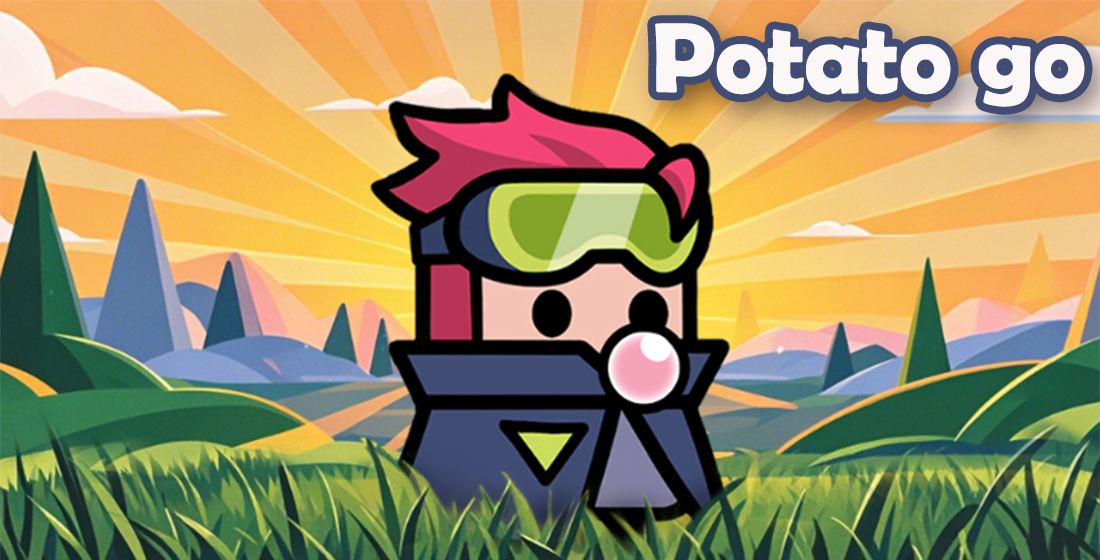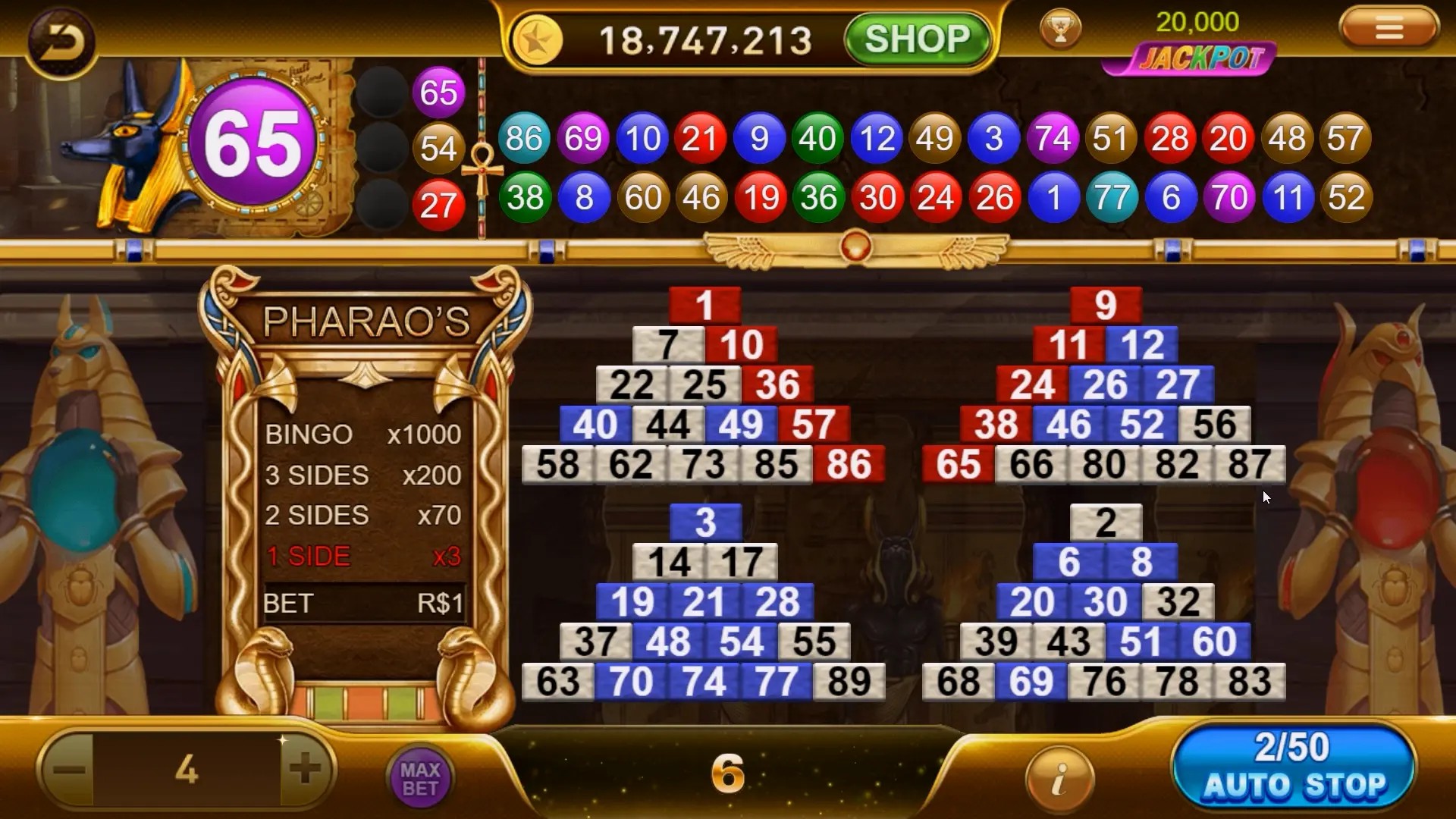Understanding the Surge of Casual Games Among Indie Developers
Casual games have become a **dominant player** in the indie dev world, shifting gears on how smaller developers build their games and interact with users globally. Unlike AAA titles that require big teams and massive budgets—indie projects are all about nimbleness, creativity, and hyper-focused user engagement—and nowhere has this combo hit harder than in casual genres like match-3s, hyper-casual runners, puzzle adventures, and solo experiences tailored for quick play sessions.
Built around intuitive gameplay loops, low entry barriers, and monetization models like rewarded video ads or microtransactions—this shift is not by accident. Indie games today thrive in regions where mobile-first thinking makes sense: like in Uganda and parts of Africa, where smartphone proliferation meets limited console availability and erratic broadband conditions—a space where even small file downloads can pose issues. Here, causal gaming fits snugly within everyday life flows: commuting breaks, after-church chill-outs, school intermissions—you name it.
| Metric | AAA Titles | Indie <br>Casual | % Change Year-on-Year |
|---|---|---|---|
| New releases per month (avg) | 80 | 14K+ | +1936% |
| Total estimated active titles worldwide | 500+ | >1M | +2405% |
| Average Dev team size | 80+ members | <5 members average single-person devs: 62% |
n/a |
| App install size (GBs) | 30–50GB average | < 500MB average (most fit in <= 250 MB) |
-- |
It's clear why so many devs, particularly solopreurs or two-man studios lean into these niches—fast iteration cycles and viral hooks matter more than fancy graphics pipelines nowdays, as players want "tap-and-go entertainment."
Mobile-Driven Gaming Culture and the Growth Curve in Developing Economies
The real magic, however, lies in how easily these titles scale in lower-income or emerging markets, specifically across places in Sub-Saharan Africa, including our case example —Uganda. A country like this typically lacks robust digital infrastructure required to host bandwidth-hungry games—such factors tilt demand toward smaller footprints and browser-friendly or ultra-light downloadable builds.
Casual-style game distribution thrives via cloud streaming solutions like PicoNeo or PlayPhone’s web-app launcher model without heavy client dependencies, aligning perfectly in spaces with limited tech resources while tapping directly into high mobile usage statistics observed locally—for instance, according to Statista:
- In 2022, internet penetration among Ugandan pop: approx 37.2 % up from 13 % a decago
- Of those internet-enabled folks—93 % own smartphones as per World Bank 2022 survey, showing why lightweight apps rule there,
- Retail data also notes increased GooglePlay visits compared vs desktop traffic by nearly 6.7x during last quarter,
Predicted Game Monetization Models in Uganda’s Indie Space
Toss revenue into the equation and suddenly indie becomes an appealing proposition again—particularly under specific regional adaptations and hybrid F2P structures built around rewarded viewing (video offers embedded at break points). In countries such as Kenya, Tanzania, Ghana or Nigeria, app publishers often use SMS payments and cash-based credit systems—making in-app purchases viable even in less digitally-financed populations—could Uganda be far behind?
| Model Type | Adopters (% Market Penetration Across Top 150 Mobile Hits Region-Wise ) |
| Free + Rewarded Viewing | 42% overall uptake in top tier African titles (2023) |
| Premium (Buy once - full access ) | 13% of popular games tried across same listings, skewed mostly towards older puzzles (tetris variants) |
| Pay-To-Pass Daily Caps/Challenges | Slim take-up—roughly ~9%, still experimental stage but showing promise among younger demographics |
Moral being? There’s money being made down there if your design aligns smart and adapts regionally—it could work especially if you're launching from within Uganda itself given proximity to habits, pricing expectations etc...
Bridging Cultural Identity Through Simple Games
Now here’s an area worth digging deeper—many devs from local African countries like Uganda are pushing for more “locally-inspired" characters and storylines. Imagine designing something like Candy Crush—but set in traditional villages using drum melodies as part of UI feedback—or a daily quest that mirrors Ugandan folklore and oral traditions!
-
🟡 Story-driven puzzle adventures set around Karamoja tribal lore 🔷 Mini-golf challenges modeled on local parks of Mabira and Mt Elgon areas 🚫 No AI generated imagery unless stylized intentionally—keep character expressions handcrafted
Niche Genres Emerging: Can You Mix Solo RPG Board Gamers With Local Lore?
Somewhat related but not fully covered until now is the niche category blending both solo-play RPG concepts with board game mechanics—which, interestingly seems to have caught on recently, especially as a cross-over trend in tabletop gaming revivals. This kind of setup isn’t just attractive due to novelty but serves a unique function:
-
👉 Offline functionality – crucial during long rides or when internet dips 👇 Low cost learning barrier: kids and elders alike can engage without prior game-literacy ✍️ Creative writing components that let Ugandan youth explore narratives tied back home (schools can utilize these in civics classes)
Free downloadable versions with optional pay-to-unlock expansion modules
- Localize key instructions and tutorials into Kinyarwanda or Lugbara languages; English-only doesn't always work here
- Design physical cardboard spin-offs sold through markets – this builds stronger ties between online game lovers and in-community events e.g., 'GameFiesta Day' festivals annually at Nakawa Tech Plaza.
Publishers Beware of Hidden Launch Traps (Bug Examples Include RL Match Startup Issues)
No launch process in today’s dev landscape is bug-proof—take the recent spate of indie failures due to startup crash errors inside otherwise beloved multiplayer lobbies like "rocket league".
- Inconsistent packet sync on weaker ISP connections leading to desync during critical initialization phases before gameplay kick-off;
- Too aggressive auto-scaler load balancing triggering memory leaks in server farms hosted overseas;
- Lastly—not handling fallback retry states caused clients to hang indefinitely, never reconnecting or re-attempting session resumption;
Lessons for Ugandan indies here apply too: stress-testing early builds with real network constraints present locally (including edge 4G zones, rural satellite lines, shared WiFi hotspots) goes a long way. Try leveraging remote debugging frameworks designed by outfits like Playfab / AWS DeviceFarm.
Pre-Launch Bug Hunting Tip Sheet:
- Distributed QA testing on weak net connections common in eastern Africa
Mirrored crash logs against unstable connection thresholds simulating slow rural ISPs



